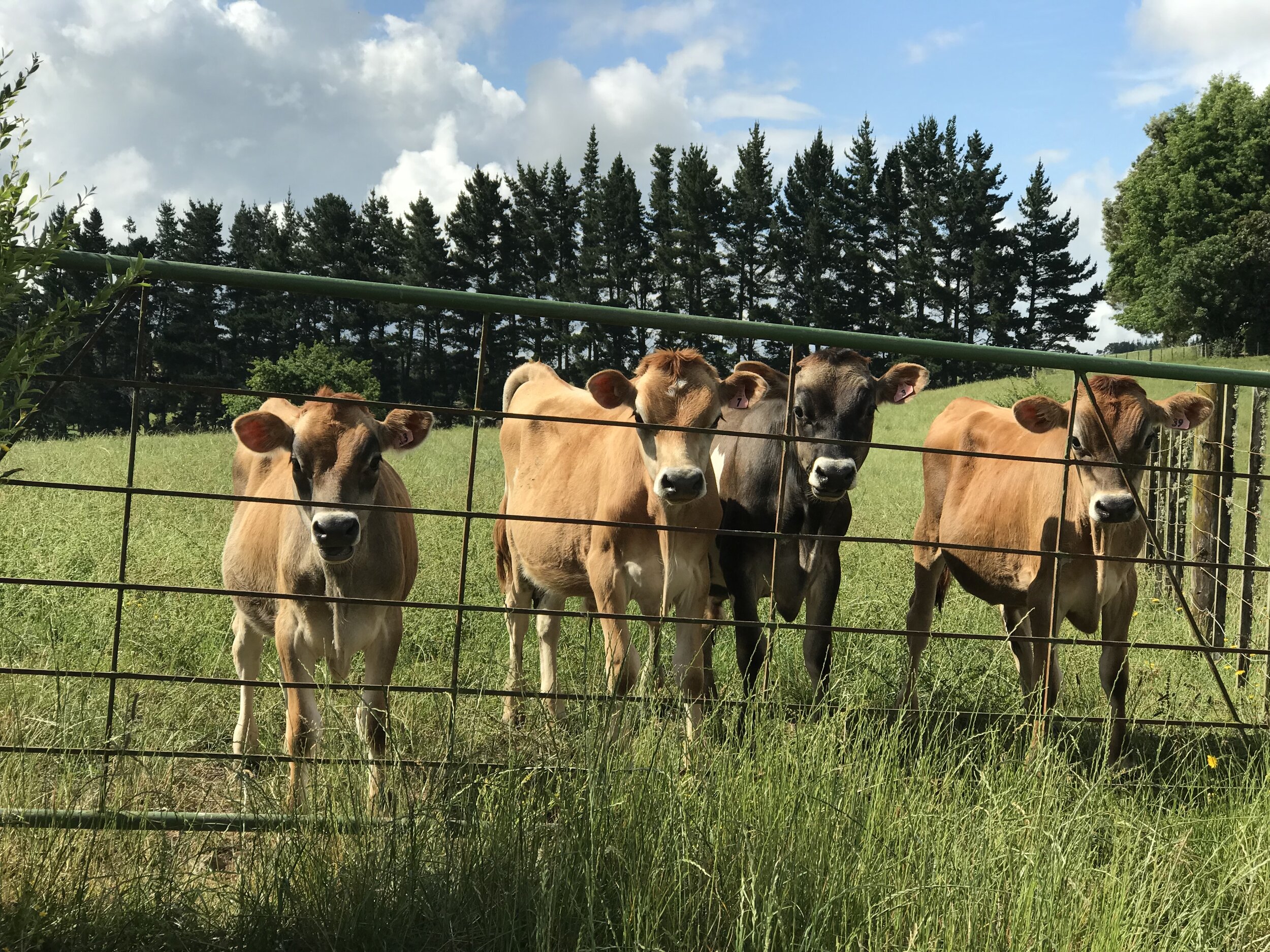Models predict big benefits of BVD control for cattle herds
New research has conservatively estimated the direct losses due to a BVD outbreak at $22.22 per milking cow per year for dairy herds and $41.19 per mixed-age cow per year for beef herds over a 5-year period. For many herds, these losses far outweigh the costs of implementing a good BVD management plan to control existing BVD problems and to prevent new outbreaks from occurring.
Background
A question we often get asked by farmers and vets is to provide hard evidence showing the economic value of investing in good BVD management and prevention programmes. Our two main options for getting this information in the real world are (1) comparing the performance of BVD positive herds to BVD negative herds or (2) comparing the performance of individual herds before and after an outbreak to see if there are significant differences in the key performance indicators. Running experimental studies is just too expensive and, as you might imagine, not too many farmers are keen on signing-up to have BVD introduced into their herds.
The economic impacts of BVD in dairy herds have been pretty well-documented through these methods since the cows are more intensively managed and so there is generally much better data available to look at herd performance. It is has proven to be much more challenging to generate similar estimates for New Zealand beef herds since a lot of farmers aren’t keeping electronic records of things like scanning results, youngstock growth rates, and health events which are key areas that BVD can impact. One of the other great alternatives we have is to use computer simulation modelling where we build virtual copies of dairy herds and beef herds (think SimCity or Farmville for cattle production) and then explore what might happen if we introduce BVD to the herd and how we can potentially use different control strategies to get the most benefits from the least cost. This let’s us explore lots of different combinations of control strategies under lots of different herd management scenarios without the expense of running studies in the real world.
Study Objectives
The objective of this study was to develop BVD simulation models for New Zealand beef and dairy herds to identify the most cost-effective strategies for controlling BVD at the herd level.
Did you know……..
With the effective diagnostic tests and vaccinations we have available, it is possible to clear BVD from an infected herd within two seasons. By working together as an industry to reduce the prevalence of BVD, we can greatly lower the risk of herds getting re-infected from contact with other cattle farms.
Methods
We first developed two BVD transmission simulation models to replicate the dynamics of how BVD operates in typical spring-calving New Zealand dairy and beef farms. The models contained (1) a demographic component describing the management group and events on farm, (2) a disease component describing the spread of disease between cattle on the farm, (3) a production component describing the economic outputs of the farm, and (4) a control component evaluating the cost-benefit of different BVD control strategies. The control measures included annual herd-level screening tests (bulk milk screening and pooled serum antibody ELISA), PI hunts to identify and remove PI animals from suspected infected herds, annual testing of individual calves, vaccination programmes, and double-fencing shared field boundaries to prevent re-introductions.
Results
In the baseline models, the economic losses from a BVD outbreak in negative herds were estimated at per $22.22 (95% confidence interval: 20.69–23.74) per milking cow per year for dairy farms and $ 41.19 (95% confidence interval: 38.81–43.58) per mixed-age cow per year for beef farms over a 5-year period. For dairy farms, performing annual testing of replacement heifer calves to eliminate PI animals as a sole control strategy produced the highest benefit/cost ratio of 2.02. For beef farms, implementing a vaccination programme consisting of two doses for replacement heifers before first mating with annual booster doses for mixed-age cows produce a very similar benefit/cost ratio of 2.02. For both farm types, any biosecurity measures that prevented the re-introduction of BVD from outside sources were beneficial in reducing the number of years spent infected with BVD.
Dairy farms were more likely to self-clear the virus within 5 years in the absence of control measures, which was largely attributed to the practice of selling most male calves and most female calves not intended for breeding within their first week of life. This naturally removes a lot of potential PI animals from the property without any additional expense of testing of vaccination. In contrast, it was rare for beef farms to self-clear the virus since any PI calves that were born typically remained in the herd in the weaning, which meant that they were exposing pregnant breeding cattle to BVD during the risk periods for generating new PI calves.
Clinical Relevance
BVD outbreaks are costly events for both dairy and beef herds. Our models are probably underestimating the true impacts of BVD when other factors like increased susceptibility to other infectious diseases and potential spillover into co-grazed sheep flocks are also taken into account. The “one-size-fits-most” option for cost-effectively controlling BVD is for dairy herds to individually test replacement heifer calves to prevent PI animals from coming down the pipeline into the milking herd and for beef herds to vaccinate female breeding cattle to ensure they have adequate immunity against BVD to prevent new PI calves from being created.



